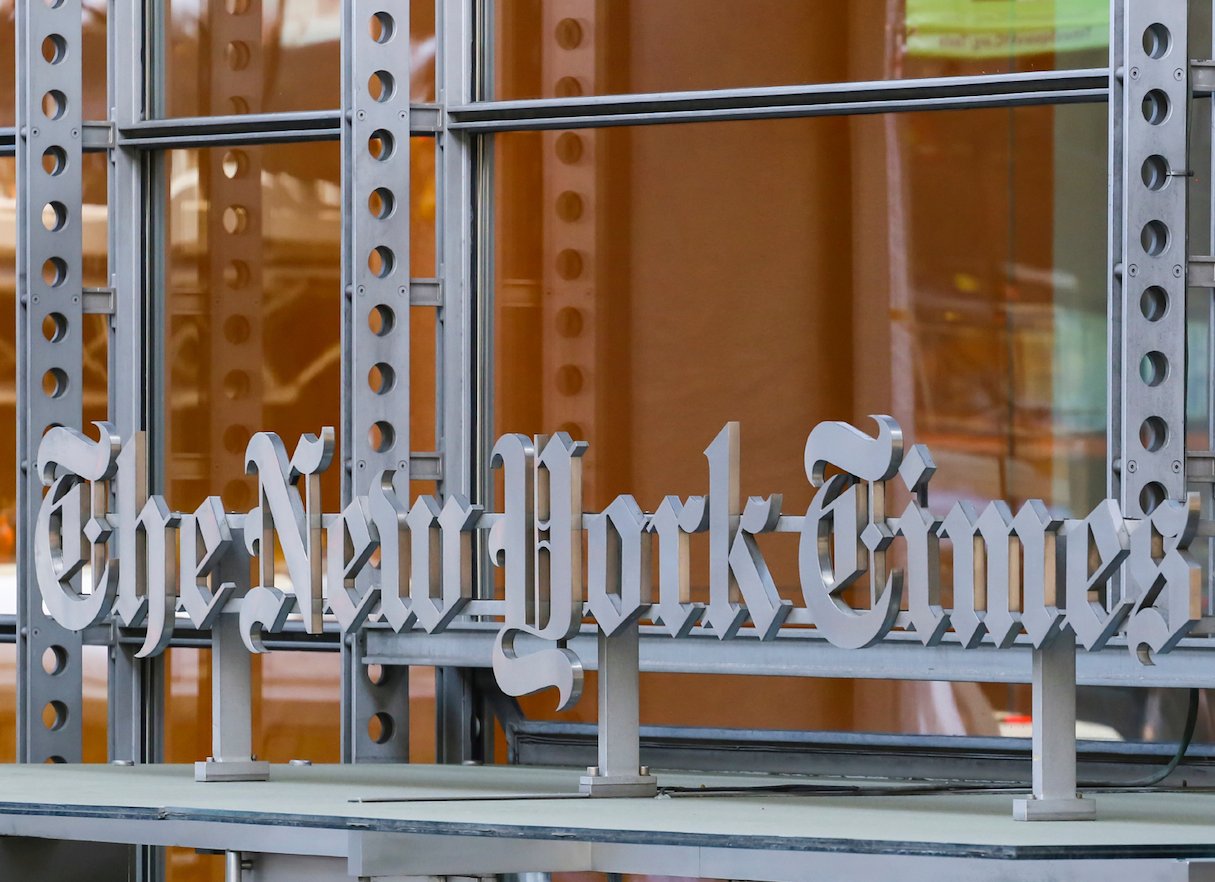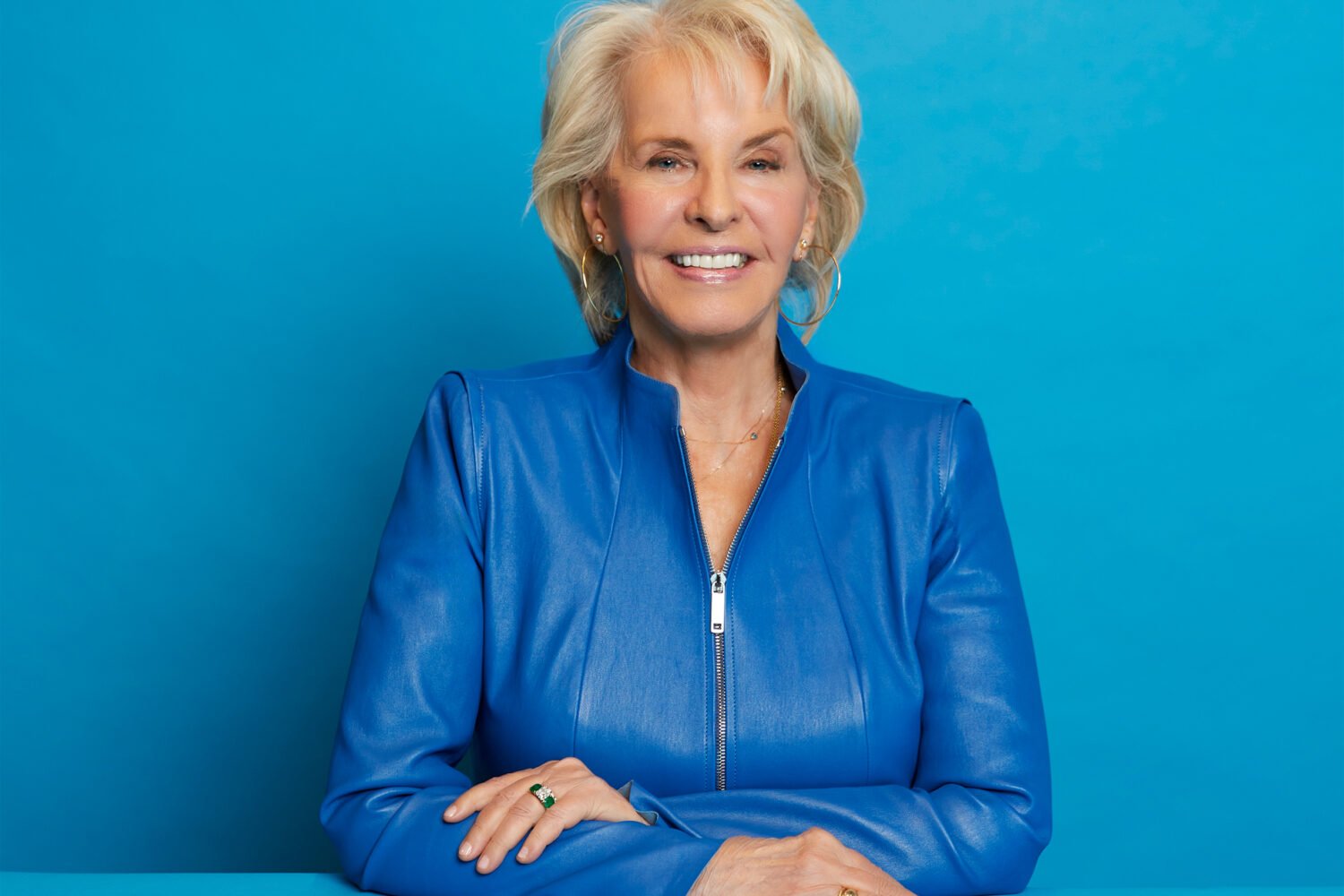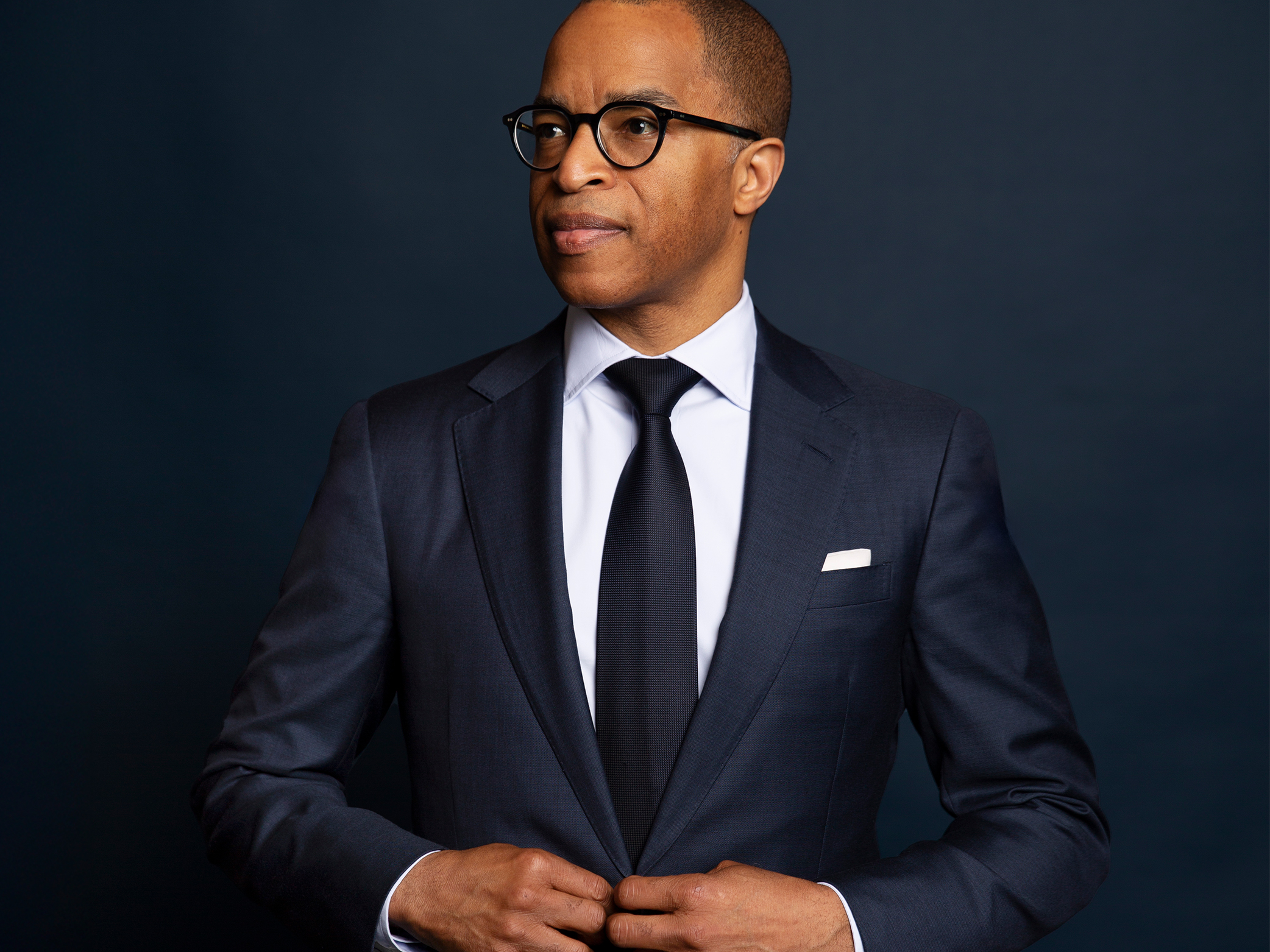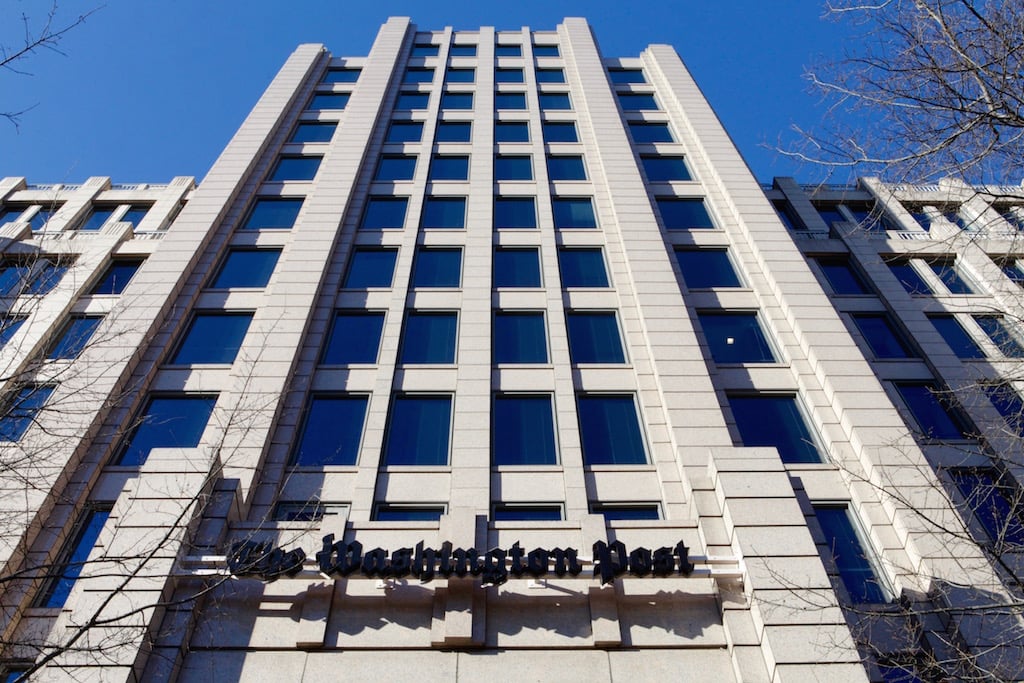The New York Times‘s decision to eliminate its public editor was not exactly met with a mass uproar when it was announced Wednesday, just mild disappointment and a little gnashing of teeth from good-journalism types. The job “really served to placate other journalists, not typical Times readers,” Washington Post reporter Christopher Ingraham tweeted, evincing a longstanding suspicion in newsrooms that few people besides journalists care about whether news organizations have ombudsmen.
Well, pass me my mouth guard, because I’m about to gnash. Few people besides journalists care about Pulitzer Prizes, but both the Post and the Times expend considerable energy trying to win those. Few people besides journalists care about newsroom innovation, but the Times and the Post are pursuing it at great speed. Few people besides journalists care about the people the Times is trying to shed via buyouts or the vast changes coming to its copy-editing process, but readers may feel that the same way they’ll feel the results of those innovation projects.
If only they had someone to talk to!
Liz Spayd has been a letdown as the current occupant of the Times public editor position, but she follows Margaret Sullivan, who showed how important the role–created after the Jayson Blair scandal–can be. Sullivan didn’t just administer beatings, she pushed the Times to be better, to cover poverty with the gusto it brought to luxury apartments, for instance. For every hat pin she took to inflated reasons why the Times missed the story of Flint’s water crisis, she also worked to demystify the paper’s often opaque processes for everyday readers.
Reached by phone, Sullivan cited her long campaign against the Times freely granting anonymity to sources who didn’t necessarily require the courtesy. It followed similar complaints from previous public editors, she notes, but under her watch the Times changed its policy, taking efforts to “ratchet down” their use. That shows, she says, that sustained efforts “can have an effect.” With no public editor in place, you can expect the journalistic impulse to overprotect sources to push back against any such boundaries.
Still, The Times will replace Spayd with a “reader center” that will help the Times respond to readers no matter how they get in touch. That’s a great idea, but it’s not the same thing as employing an internal media critic, an employee who could torch her employer without fear when it published a steaming turd of an article or take a new editorial product to task for excluding people of color from its pages. This rhymes with another popular sentiment: That Twitter and outside media reporters can take the place of a public editor, enforcing standards from without.
If the Times wants a glimpse at how feckless a non-ombudded paper can be it need only look at the Washington Post, which eliminated its ombudsman four years ago. While the Post employs a number of good media reporters–Sullivan is now among them–they can’t always get top editors to answer concerns about major errors like a December 30 story that claimed Russian hackers had wormed their way into the US power grid via a Vermont utility. That’s a major hole in accountability for an institution built around imposing accountability on others. It’s disappointing to see the Times follow the Post down that hole.



















